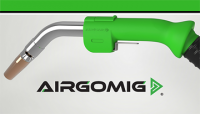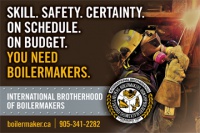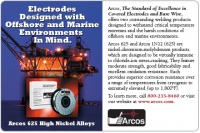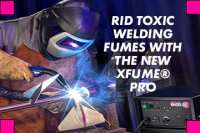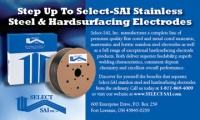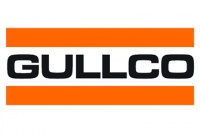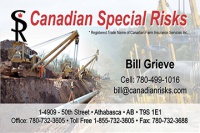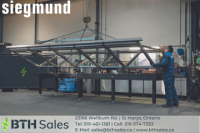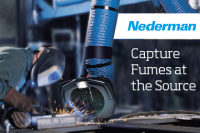Am I allowed to weld over paint? Or do I have to remove it? What about primers and paints that claim to be “weldable”?
If you are dealing with an existing steel structure, the governing requirement is stated in CSA W59-18, clause 5.3.1 Surface conditions, as follows:
"… Surfaces to be welded shall also be free, within 50 mm (2 in) of any weld locations, from loose or thick scale (except for tightly adhering small islands of scale), slag, loose rust, paint, grease, moisture, and other foreign material that will prevent welding to the acceptance criteria of this Standard.
Welding through a light coat of shop applied primer is not cause for rejection and does not require specific welding procedures, provided the following conditions are met:
a) shop primer conforms to CISC/CPMA1-73a or 2-75 or as accepted by the contractor's engineer; and
b) shop primer has been applied in a single coat to a maximum thickness of 100 microns (4 mils) dry film thickness in the welding area."
First, do not treat the second paragraph as acceptance. It only means the welds are not subject to automatic rejection. The welds must still meet the weld acceptance criteria, as stated in the first paragraph of 5.3.1. Also, the coating that can be welded through is not limited to those mentioned in the second paragraph.
The visual acceptance criteria for statically loaded structures is found in clause 11.5.4.2 Visual examination. The most frequent issue is porosity, addressed in item e), but all criteria must be met. For cyclically loaded structures, look to 12.5.4.2 Visual examination, where there are three items, e), f), and g) related to porosity. Don’t forget that your project or the weld may also be subjected to non-destructive testing (MT, PT, UT, RT), and the completed weld must also pass the applicable acceptance criteria using those methods.
For "weldable primers," I would not consider the CISC/CPMA standards sufficient. There are two standards that may be used by the manufacturers to document their products as suitable for welding, and to provide the limitations of use. When looking to select a particular product, I would inquire of the manufacturer if they have been tested to either of these two standards.
One standard is AWS D3.9/D3.9M:2019, Specification for Classification of Weld-Through Paint Primers. This standard provides a means for classification of weld-through paint primers only. The paint primers are classified based on the maximum coating thickness for successful welding and the welding procedure used during the classification test. The other standard is ISO 17652-2: 2003 Welding – test for shop primers in relation to welding and allied processes: Part 2 – welding properties of shop primers. Both standards incorporate physical tests and measurements of porosity.
The more commonly used weldable primers on the market have an aluminum-based system, with the aluminum providing deoxidizing properties to reduce porosity. However, there are also alkyd-based primers on the market that can be applied to a limited thickness that are sufficiently weldable. Check with the manufacturers of any selected product for limitations of use and welding procedure requirements.
Disclaimer
The information provided is intended for general interest, to educate and inform our audience. The CWB and those providing feedback to the questions do not take any responsibility for any omissions or misstatements that could lead to incorrect applications or possible solutions that industry may be facing.
How-It Works content is submitted by Industry experts to the CWB Association and does not necessarily reflect the views of the CWB Group. When testing for CWB Certification or CWB Education, please refer to CWB Education textbooks or CSA standards as the official source of information.


